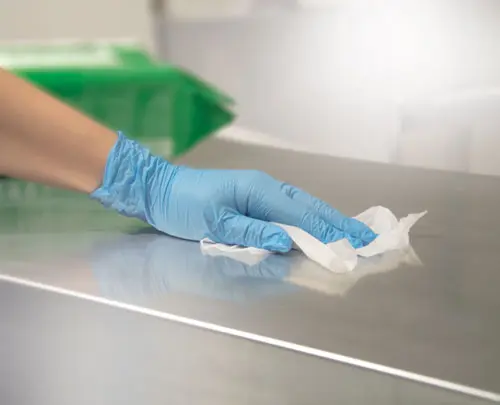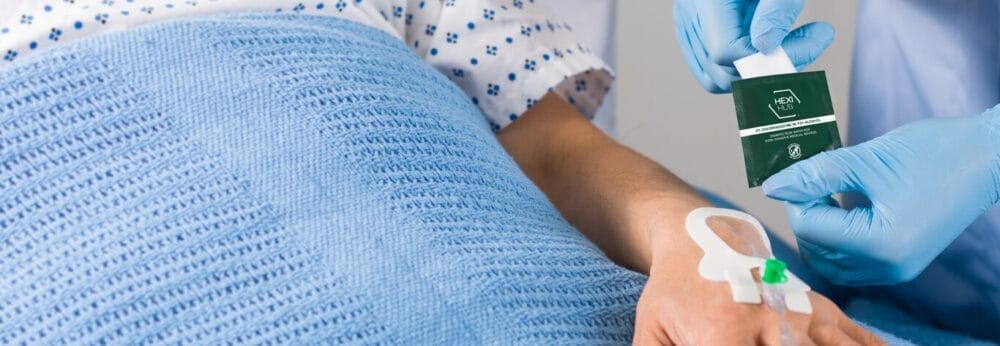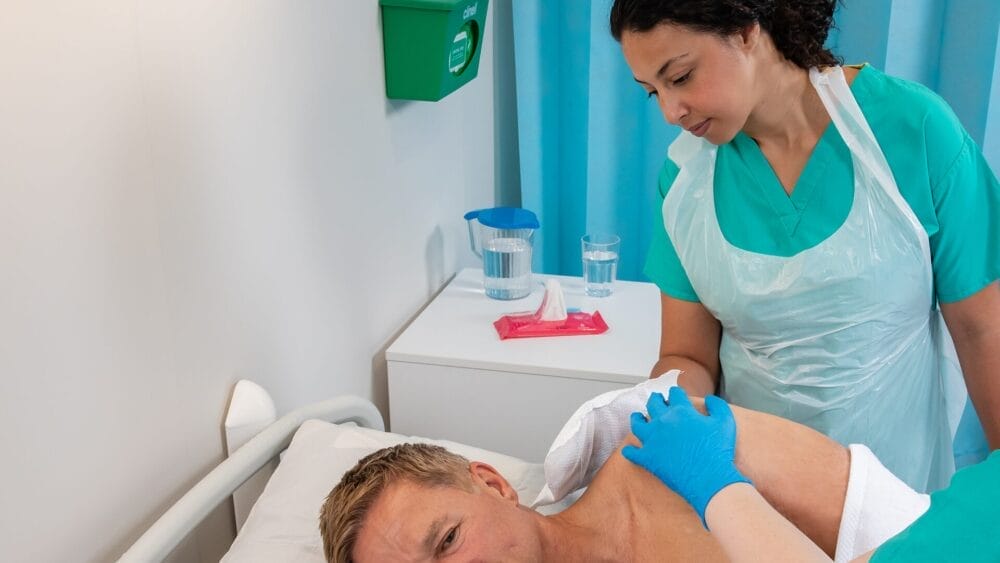Posted
15th February 2019
Research
We all know the issues with antibiotic resistance: no matter how quickly we develop new antibiotics, resistance develops and the antibiotics are no longer useful clinically. Biocides are different, as outlined in a recent review paper: resistance is slower to develop, more subtle, and usually less important clinically. But it does happen – more with some biocides than with others. Therefore, we need to think carefully about the formulation and usage of biocides to minimise the development of biocide resistance.

The review, by Dr Lucy Bock from PHE, began with one of the pioneers of anti-infective research: Joseph Lister. Long before antibiotics came on the scene, Joseph Lister demonstrated that infectious diseases could be treated and prevented using biocides (in his case, carbolic acid). Biocides are commonly used in medicine to sanitise the skin of patients (e.g. before the insertion of vascular catheters or before surgical procedures) and for surface disinfection. We also need to think carefully and commission research to understand where biocides can be used for the treatment and prevention of infection in areas of medicine occupied historically by antibiotics (e.g. wound infections).
The review covers the various ways in which reduced susceptibility to biocides has been reported. Some microbes are intrinsically resistant to some biocides, and for other microbes, adaptive resistance or reduced susceptibility can develop or be acquired. Also, the physiological state of a microbe is an important factor, with microbes encased in biofilms tens to thousands of times less susceptible than microbes that are not in a biofilm.
The clinical implications of reduced biocide susceptibility can be difficult to determine. This is because the level of reduced susceptibility of microbes to biocides is mostly fairly low level, and also adaptive reduced susceptibility to biocides is usually reversible, and reverts when the selective pressure of the biocide is removed (unlike most mechanisms of antibiotic resistance). However, there are some examples of clinically important biocide resistance, for example reduced susceptibility to chlorhexidine. Therefore, steps should be taken to minimise the conditions in which reduced susceptibility to biocides can emerge by using an appropriate biocide, ensure that pre-cleaning is performed to a high standard (to remove organic matter), favouring combination therapy (using biocides with multiple active ingredients), developing anti-biofilm biocide solutions, and developing formulations of disinfectants that reduce the risk of biocide reduced susceptibility.
SHARE THIS ARTICLE
Tags
Latest News
Embracing sustainability and cost savings: The journey of Clinell Indicator Notes to paper-based solutions
At GAMA Healthcare, we’ve always prided ourselves on being at…
Introducing HEXI HUB: A seamless transition in our product line
We’re pleased to announce an update to our product offering…
Innovative solutions for tackling Carbapenemase-producing Enterobacteriaceae (CPE) at King’s College Hospitals
King’s College Hospital NHS Foundation Trust, one of London’s largest…
Gloves Off: reducing unnecessary plastic waste during environmental cleaning and disinfection
In this blog, Dr Phil Norville discusses the momentum-gaining ‘Gloves…




